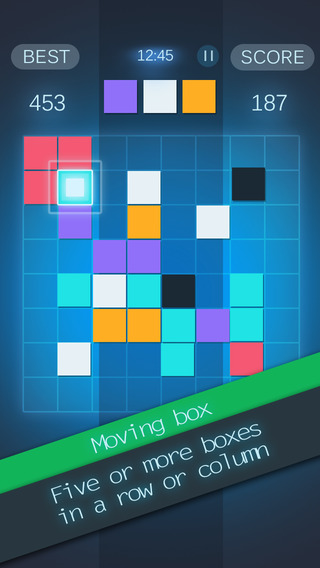
Sets of tiles are called pung or chow and they equal: You have 14 tiles and you get Mahjong by getting all 14 tiles into four sets and one pair. The objective of mahjong is very simple-to get Mahjong! This is because these Mahjong games include the following additional tiles: When you're playing Mahjong online you may find that there's a total of 144 tiles.

While there are a huge number of regional variations to it, the basic principles of many Mahjong games are the same and feature the following tiles: Like our other online memory games, Mahjong is also an excellent game to play if you're looking to improve your memory skills and relieve some stress! Many players choose to enjoy online mahjong games from a large-screen, mobile device, such as an iPad or Android tablets. Classic mahjong has been played throughout China for centuries, reaching back to the 1800's. The classic version of the game uses 136 tiles and requires you to make identical sets and matching pairs from these tiles. Mahjong is fun and enormously popular, a classic Chinese game of strategy, skill, and summation.

Try our free Mahjong games now and start putting your skills to the test! What is Mahjong? Our collection of Mahjong variations and different layouts will keep you entertained for hours. You can test yourself against other players in live settings or settle down for a session on your own by playing Mahjong online. Mahjong is an ancient Chinese strategy game that is played today by people all over the world. With all of these addicting games, You'll want to play mahjong 24/7! As with all scientific research, there is also a risk of publication bias.Are you a mahjong fan? If so, you're in the right place! Our extensive collection of free online mahjong games includes addicting titles like Mahjong Dimensions, Mahjong Dark Dimensions, Mahjong Candy, and Mahjong Solitaire.

These results are promising, but more research is needed to determine the connection between improved assessment scores and everyday tasks in participants' lives.įuture research should address the risk of inadvertent experimenter bias and the risk of attrition bias in this study, as both the Lumosity and crossword groups had approximately 50% attrition rate. In it, half of the 4,715 participants who completed the study trained five days per week, for fifteen minutes each day on Lumosity while the other half did online crossword puzzles as an active control.Īfter 10 weeks, Lumosity users improved more than the control group on our assessments of working memory, short term memory, processing speed, problem solving, fluid reasoning, and overall cognitive function. Lumos Labs conducted a randomized study of Lumosity brain training and published the results in a peer-reviewed research journal.


 0 kommentar(er)
0 kommentar(er)
